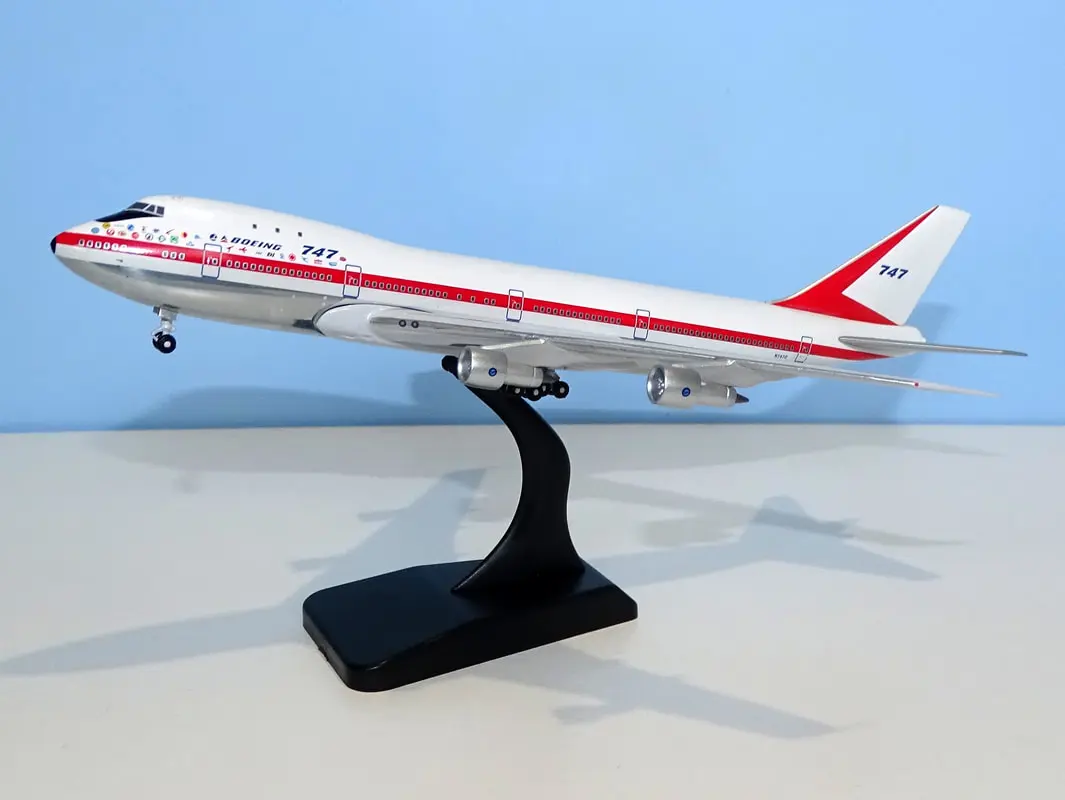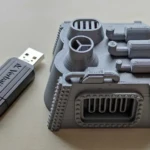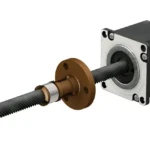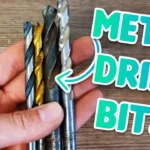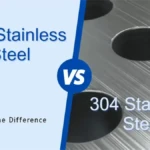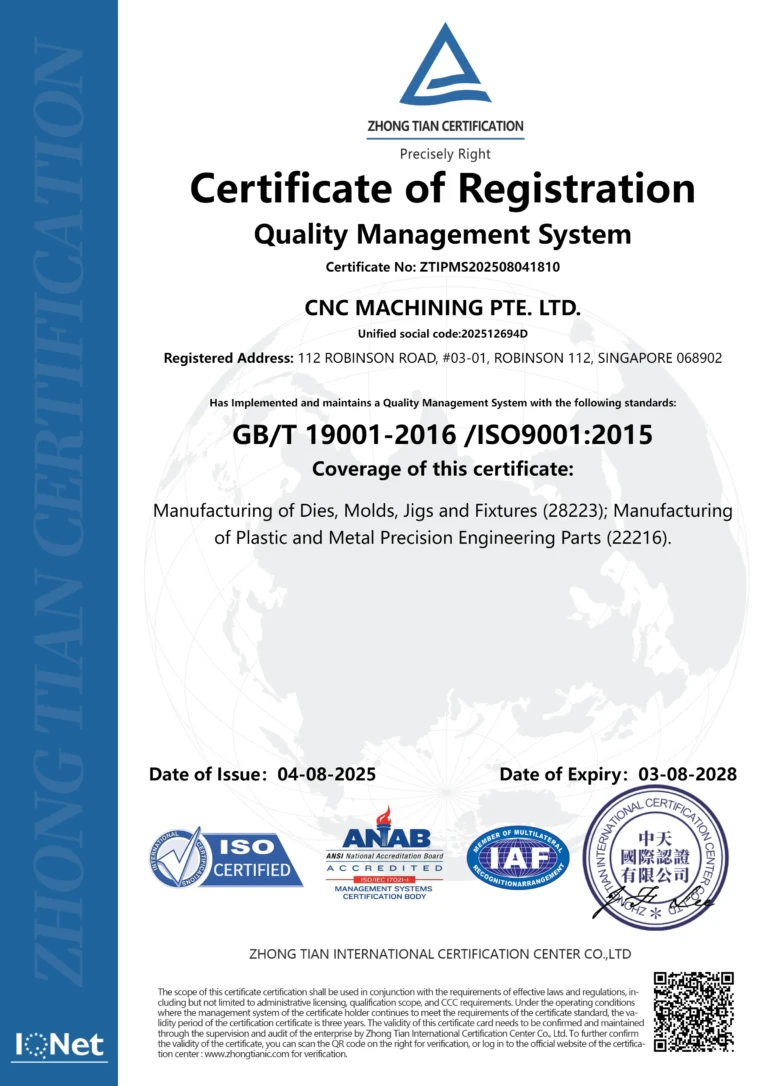Introduction
The Boeing 747 has long been a symbol of aviation engineering excellence, revolutionizing air travel since its inception in the 1960s. Today, however, the concept of the Boeing 747 Escalade Prototype introduces a blend of advanced aerospace technology and cutting-edge industrial manufacturing methods. This article will explore the detailed manufacturing process of the Boeing 747 Escalade Prototype, focusing on the primary materials used, the main manufacturing techniques employed, and the innovative processes that ensure the production of this aerospace marvel.
Section 1: What is the Boeing 747?
The Boeing 747, often referred to as the “Jumbo Jet,” is a wide-body commercial aircraft developed by Boeing’s Commercial Airplanes division. Its iconic humpbacked design and substantial capacity made it one of the most recognizable aircraft worldwide. Launched in the 1960s, the 747 played a major role in the democratization of air travel and remains in service with many airlines globally.
- Model Variants: Boeing 747 comes in several variants, including the 747-100, 747-200, 747-300, 747-400, and the latest 747-8, each catering to different needs ranging from commercial air travel to cargo.
- Innovations: The 747 was the first wide-body aircraft to feature a two-aisle cabin, offering greater capacity and comfort for passengers. Its long-range capabilities have made it a favorite for long-haul flights.
Section 2: What is the Boeing 747 Escalade Prototype?
The term “Boeing 747 Escalade Prototype” refers to a specialized version of the 747 aircraft, designed for high-end, customized applications. Much like the luxury vehicles that the “Escalade” name evokes, this prototype aims to incorporate advanced design features and enhanced specifications, blending aerospace engineering with luxurious finishes.
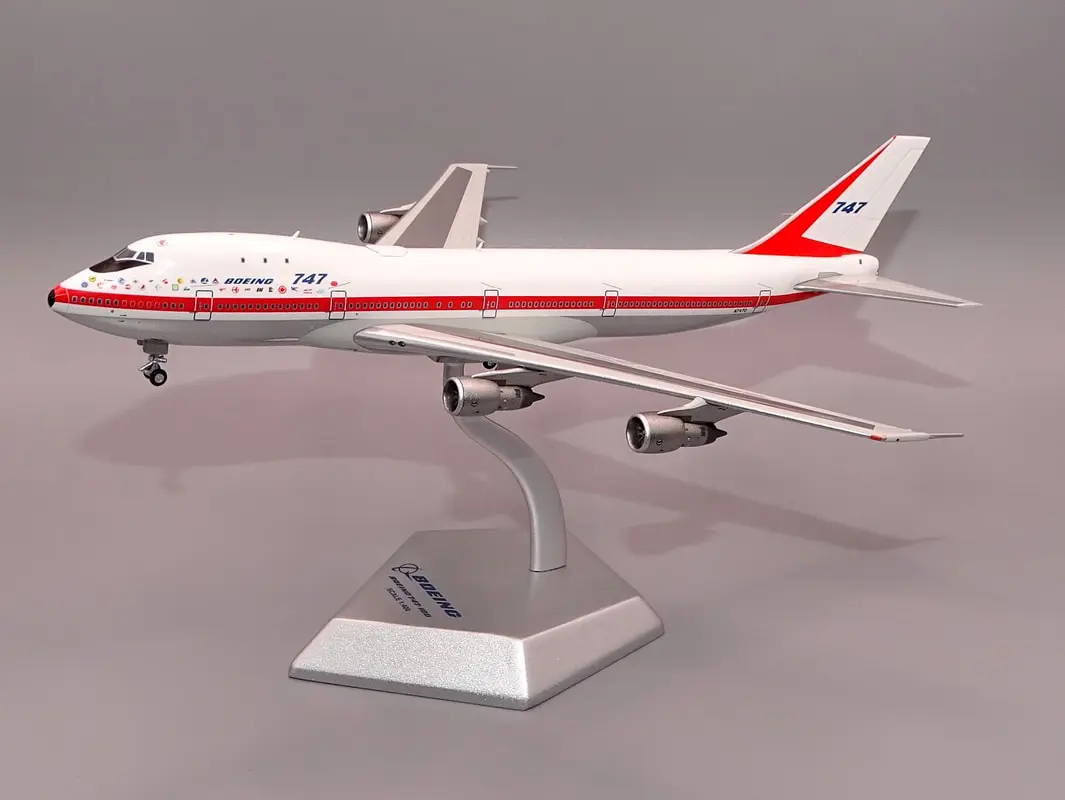
Key Features of the Boeing 747 Escalade Prototype:
- Custom Interiors: The prototype may feature luxury interiors with state-of-the-art amenities, targeting the ultra-wealthy or exclusive business sectors.
- Advanced Materials: The prototype utilizes cutting-edge materials that enhance performance, reduce weight, and increase durability, offering improvements over conventional 747 models.
- Technological Upgrades: Enhanced avionics, climate control systems, and ergonomic seating arrangements may be incorporated into the design for a more luxurious flight experience.
Section 3: Materials Used in Boeing 747 Escalade Prototype
In the development of the Boeing 747 Escalade Prototype, various materials are selected to meet the stringent requirements of safety, durability, weight reduction, and performance. Below is a detailed table outlining the key materials used in the aircraft’s construction:
| Material | Properties | Advantages | Disadvantages |
|---|---|---|---|
| Titanium Alloys | High strength, corrosion resistance, and light weight. | Extremely durable and resistant to high temperatures and corrosion. | Expensive and difficult to machine. |
| Aluminum Alloys | Lightweight, corrosion-resistant, and high strength-to-weight ratio. | Cost-effective, widely available, and easy to manufacture. | Prone to fatigue over time. |
| Carbon Fiber Composites | Extremely lightweight, high strength, and resistant to corrosion. | Significant weight reduction, increasing fuel efficiency. | Expensive and complex to work with, requiring advanced manufacturing skills. |
| Kevlar | Strong, durable, and resistant to impact and wear. | Enhances impact resistance, used for safety systems like aircraft fuselage. | Limited resistance to extreme temperatures. |
| Inconel | A high-strength, corrosion-resistant superalloy, typically used in turbines. | Ideal for high-temperature applications, especially in engines. | Very expensive, difficult to machine, and prone to embrittlement. |
| Stainless Steel | Corrosion-resistant, high strength, and durable. | Used in structural components and for parts requiring high strength. | Heavier than alternative materials. |
| Glass and Carbon Fiber Reinforced Polymers | Lightweight, high strength, and customizable. | Excellent for reducing the weight of non-critical components. | Expensive and more challenging to repair if damaged. |
Section 4: Manufacturing Processes for the Boeing 747 Escalade Prototype
The manufacturing of the Boeing 747 Escalade Prototype involves a complex array of processes that ensure precision, quality, and performance. These processes are designed to accommodate the unique demands of aerospace engineering while integrating state-of-the-art technology for rapid prototyping and testing.
Below is a breakdown of the key manufacturing processes used in the construction of the Boeing 747 Escalade Prototype:
| Process Name | Equipment Used | Manufacturing Method | Parameters | Advantages | Disadvantages |
|---|---|---|---|---|---|
| Rapid Prototyping | 3D Printers, CNC Machines, Laser Cutters | Layer-by-layer additive manufacturing, computer-controlled machining | High precision, fast turnaround | Quick development of complex parts with minimal tooling cost | Limited material selection and strength compared to traditional methods |
| CNC Machining | CNC Milling Machines, Lathes, EDM Machines | Computer Numerical Control machining for parts fabrication | Precision, surface finish, tight tolerances | High precision, repeatability, and flexibility in manufacturing | High equipment and operational costs |
| Rapid Tooling | Injection Molds, Die-Cutting Tools, CNC Machines | Making temporary molds for quick production of parts | Short lead times for production parts | Cost-effective for small batches, short cycle times | Not suitable for large-scale production, less durable |
| Vacuum Casting | Vacuum Chambers, Casting Molds, Silicone Molds | Pouring material into molds under vacuum to ensure high-quality parts | Precise control over casting process | Cost-effective for small quantities of complex parts | Limited to certain materials, potential surface imperfections |
| Metal Die Casting | Die-Casting Machines, Steel Molds, Injection Machines | Injecting molten metal into molds at high pressure | High-quality finish, fast production rates | Fast production with high-quality results | Limited to metals with low melting points, high tooling cost |
| 3D Printing | 3D Printers (FDM, SLA, SLS) | Additive manufacturing to create prototypes and parts | Material choice, print speed, layer resolution | Customization, low waste, quick iteration | Limited material properties, finish quality may vary |
| Surface Finishing | Grinding Machines, Polishing Tools, Sandblasters | Enhancing the surface quality of the final parts | Surface roughness, finish grade | Improved aesthetics and durability of parts | Time-consuming, increases production cost |
Section 5: Advanced Techniques and Technologies for Rapid Prototyping
In the development of the Boeing 747 Escalade Prototype, cutting-edge technologies play a critical role in the rapid prototyping and production of specialized parts. These technologies enable manufacturers to streamline production, reduce waste, and ensure the highest standards of quality.
- 3D Printing: A key technology that revolutionizes prototype development, 3D printing allows for the rapid creation of parts directly from digital models. This process significantly reduces the time and cost of creating prototypes and testing them before mass production.
- CNC Machining: CNC machines provide high precision and repeatability, making them ideal for producing complex, high-quality parts required for the Boeing 747 Escalade Prototype. The process offers flexibility in material selection and can handle both metal and composite materials.
- Vacuum Casting and Metal Die Casting: These methods are used to quickly create production-quality parts. Vacuum casting is ideal for smaller runs of highly detailed parts, while die casting is favored for larger, high-volume production of metal components.
- Surface Finishing: This includes techniques such as polishing, sandblasting, and grinding, used to ensure that all parts meet the aesthetic and performance standards required in aerospace manufacturing.
Section 6: Great Light’s Role in Rapid Manufacturing of the Boeing 747 Escalade Prototype
As a leading industrial-grade rapid prototyping manufacturer, Great Light plays a pivotal role in providing solutions for the Boeing 747 Escalade Prototype. With its advanced prototype modeling technology and a wide array of post-processing and finishing services, Great Light is capable of producing highly complex, special-shaped prototypes with exceptional accuracy. The company’s capabilities include:
- Rapid Prototyping: Using the latest technologies in 3D printing, CNC machining, and vacuum casting, Great Light accelerates the production process without compromising on quality.
- Customization: Whether it’s a high-strength titanium component or a lightweight carbon fiber part, Great Light’s diverse material processing capabilities cater to a wide variety of needs for the Boeing 747 Escalade Prototype.
- Competitive Pricing: Offering cost-effective solutions through optimized processes, Great Light ensures that prototypes are produced efficiently while maintaining industry-leading quality standards.
Conclusion
The Boeing 747 Escalade Prototype represents the pinnacle of luxury and engineering excellence in the aerospace industry. Through the use of advanced materials and cutting-edge manufacturing processes, the creation of this prototype pushes the boundaries of what is possible in aviation technology. With companies like Great Light at the forefront of rapid prototyping and manufacturing, the future of aerospace innovation looks brighter than ever.
By embracing advanced techniques such as 3D printing, CNC machining, and vacuum casting, manufacturers are able to produce prototypes with exceptional speed and precision, all while ensuring that each component meets the rigorous standards required for aerospace applications. The Boeing 747 Escalade Prototype is a testament to the power of innovation, and it stands as a symbol of how far the industry has come in achieving both performance and luxury in modern aviation.
